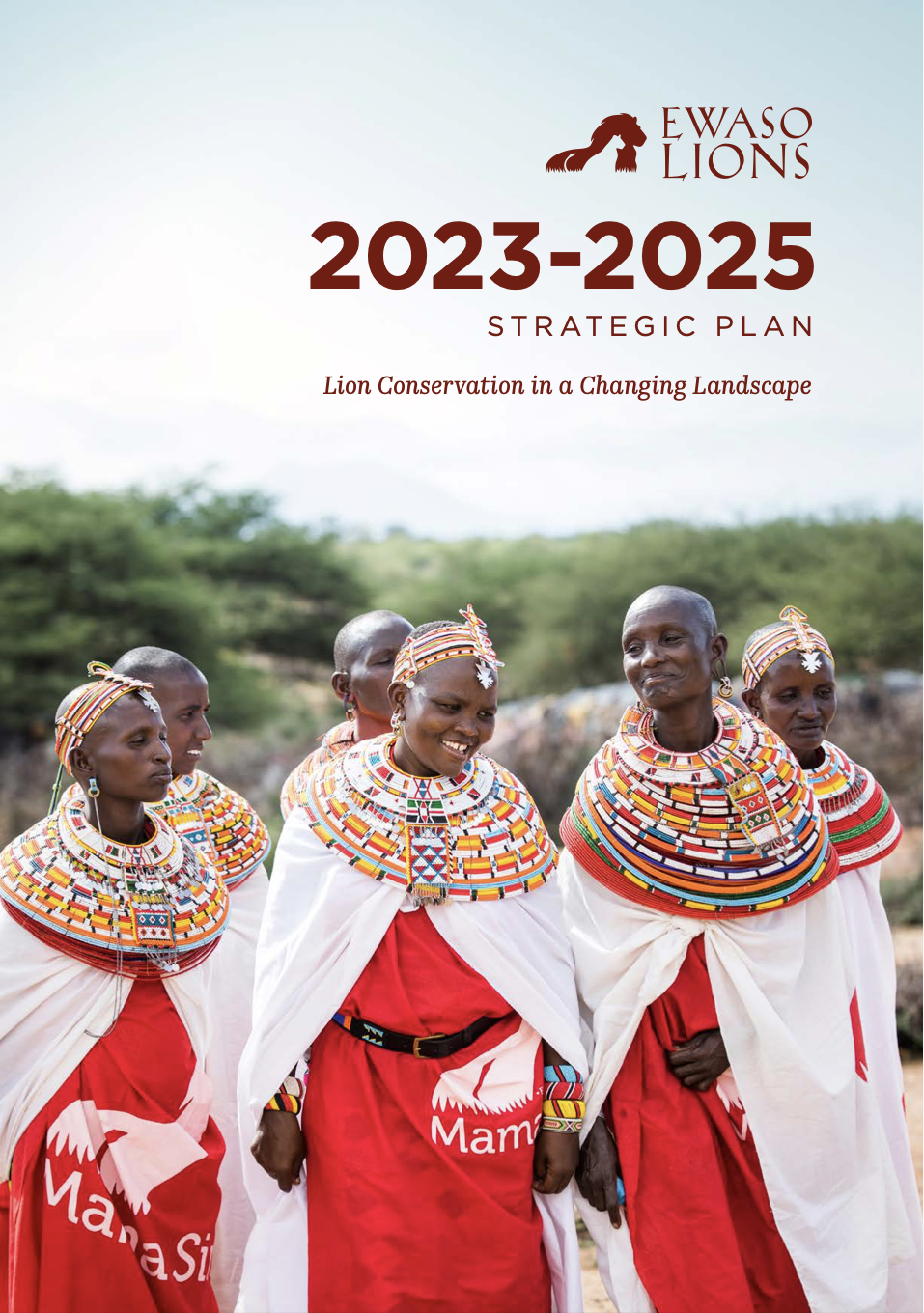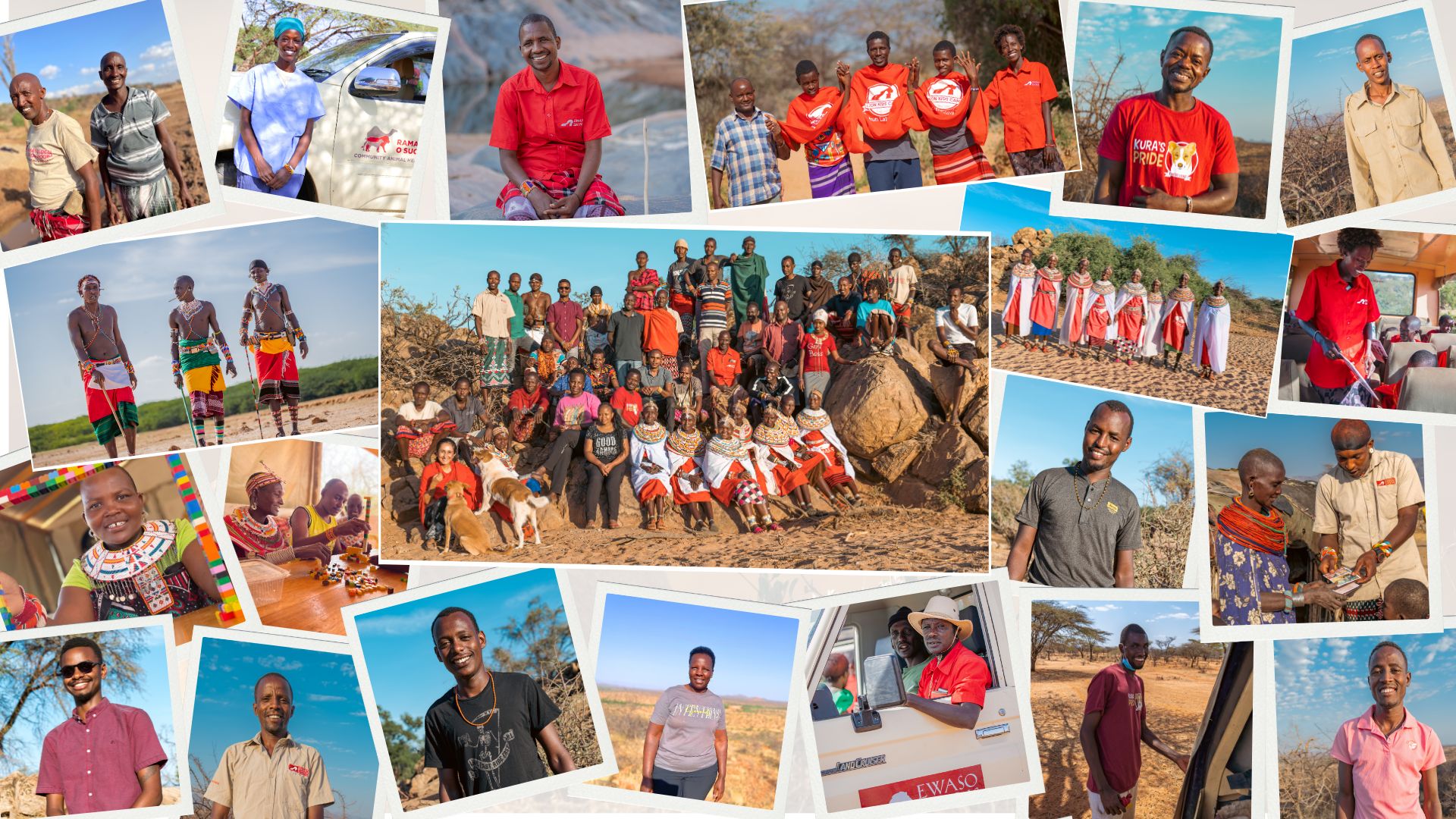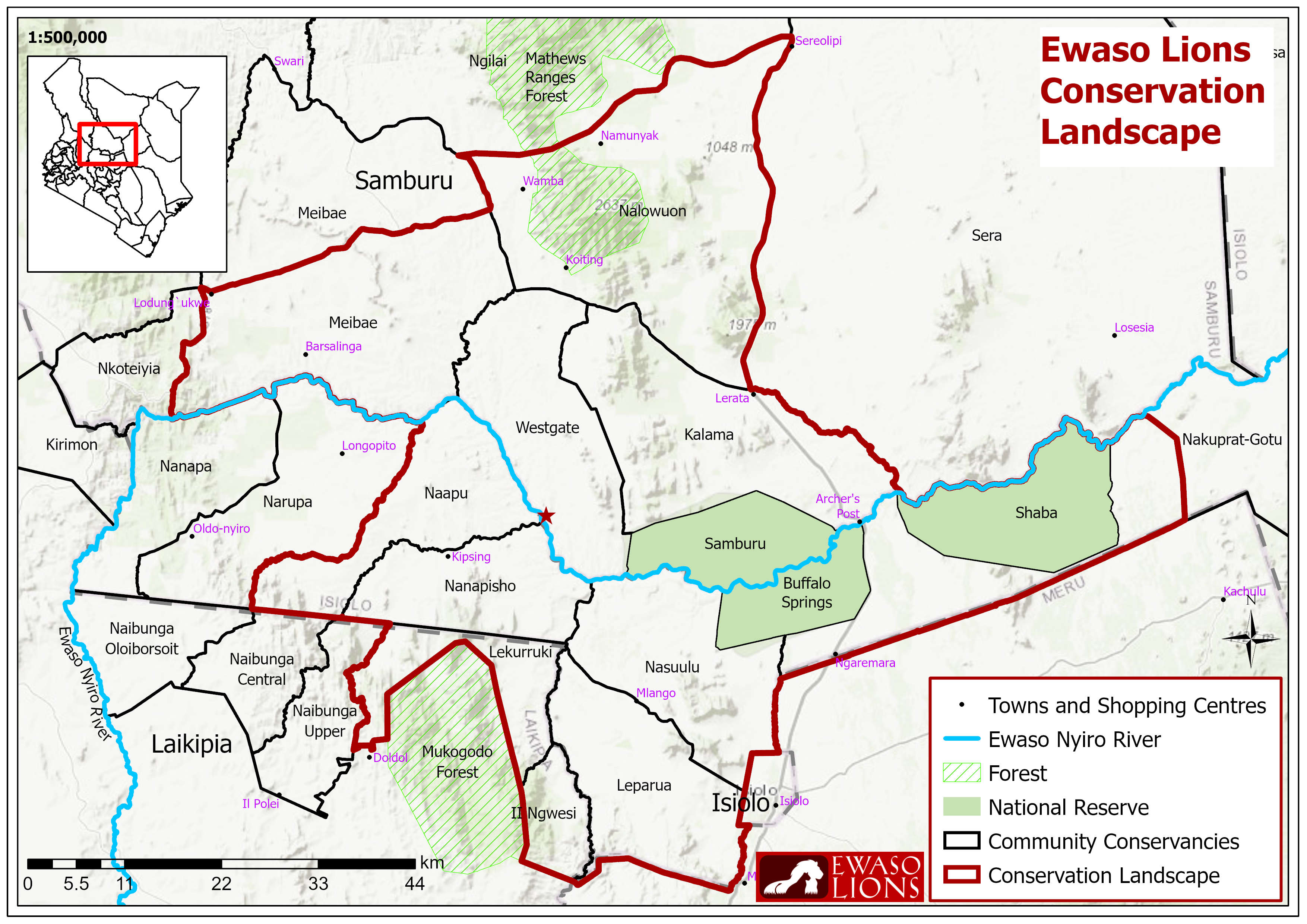Our Mission
- Ewaso Lions is dedicated to conserving lions and other large carnivores by promoting coexistence between people and wildlife. We are an independent 100% Kenyan wildlife conservation organisation which engages and builds the capacity of key demographic groups (warriors, women, elders and children) by developing approaches to reduce human-carnivore conflict. Our conservation landscape includes; three protected areas (Samburu, Buffalo Springs and Shaba National Reserves) and eleven Community Conservancies in Northern Kenya. We raise awareness of ecological problems to spur solutions from within our communities, and conduct research and educational initiatives that reinforce traditionally held beliefs and the evolving culture of wildlife conservation across the landscape. Ensuring a future for Kenya’s lions through community-led conservation.
Our Team
We are a small group of passionate and devoted people dedicated to conservation. As part of the community, our team works to provide education, training and improve conservation practices that helps people and wildlife. Meet the Ewaso Lions team.
Funding
Ewaso Lions is an independent nonprofit organisation, and we rely on the generous support of organisations and individuals. Without them, our work would not be possible.
They are listed on our Donor page.
Local People
Ewaso Lions firmly believes that the success of lion conservation hinges on the involvement of our communities who live alongside lions. We tailor conservation programmes for different demographics – including; elders, women, children, and warriors.
Our Partners
We work closely with a great group of partners on the ground and around the world. Forming partnerships is key to the success of carnivore conservation.
They are listed on our Partners page.
Where We Work
We work in northern Kenya’s Samburu, Isiolo and Laikipia Counties, which comprise one contiguous ecosystem. Our study area covers about 4,530km2 of lion habitat, which includes National Reserves (Samburu, Buffalo Springs, and Shaba), and eleven Community Conservancies (Westgate, Kalama, Meibae, Nasuulu, Nakupurat-Gotu, Il Ngwesi, Leparua, Lekurruki, Nanapisho, Naapo, Nalowuon).
Kenya’s Lions Are Under Threat
The African lion population has disappeared from 92% of their historical range*. It is estimated that there are between 20,000 to 30,000 lions remaining across the continent – down from perhaps 200,000 lions a hundred years ago. In Kenya, the national population now numbers less than 2,500 individuals.
The reduction in lion numbers in Kenya is primarily due to habitat loss and conflict with humans, typically when lions kill people’s livestock. More recent threats now include the development of large scale infrastructure projects, disease outbreaks and climate change leading to loss of prey.
Lions and other large carnivores are wide-ranging species, and designated protected areas are often not large enough to ensure their long-term survival. It is crucial, therefore, that conservation of these species, as well as their prey, is addressed throughout the landscape, which not only incorporates protected areas, but also the surrounding areas where local people live.
Ewaso Lions was formed to ensure a future for lions and other large carnivores in northern Kenya. Ewaso Lions uses scientific research and community-based outreach programmes to promote coexistence between lions and people.
(*Stolton, S. and Dudley, N. 2019. The New Lion Economy. Unlocking the value of lions and their landscapes, Equilibrium Research, Bristol, UK.)




